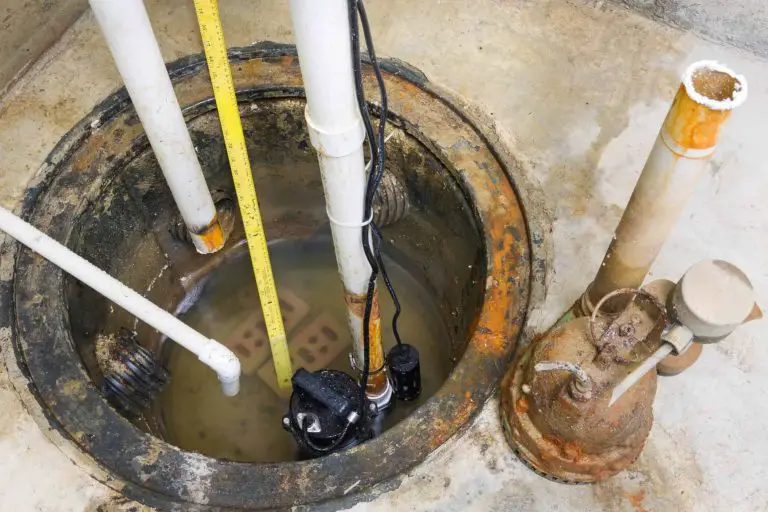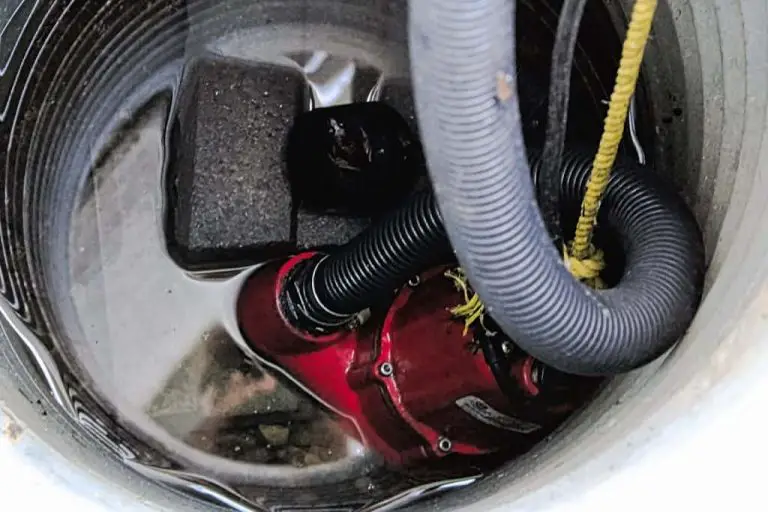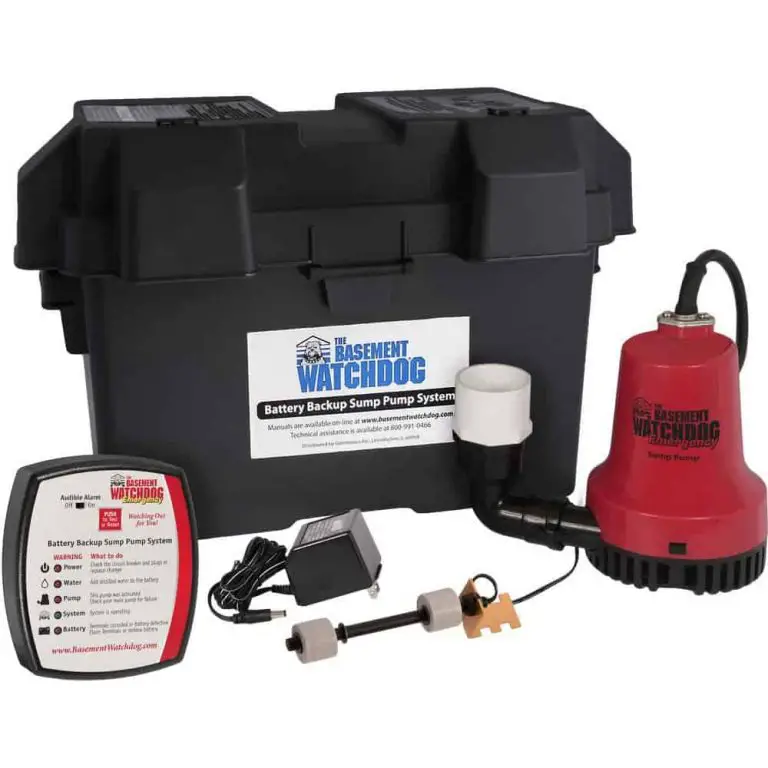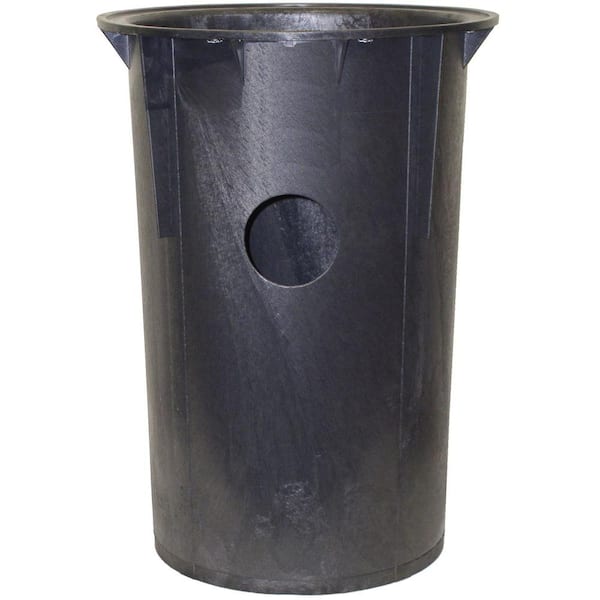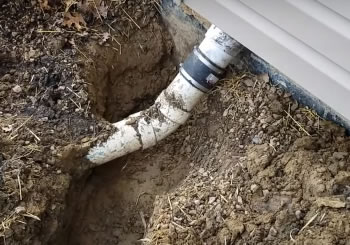Why Do People Need a Sump Pump
A sump pump is a device that is used to remove water from an area. The most common use for a sump pump is to remove water from a basement or crawlspace.
A sump pump can also be used to remove water from other areas such as garages, utility rooms, and even swimming pools. There are many different types of sump pumps available on the market today.
If you live in an area with a high water table, your basement is at risk for flooding. A sump pump is a pump that is installed in the lowest part of your basement to remove water that has accumulated in the sump pit.
Sump pumps are typically used in homes that are prone to flooding or have basements that are below ground level. If your home is not vulnerable to flooding, you may not need a sump pump.
However, if you live in an area with a high water table or your basement floods regularly, a sump pump can help to keep your basement dry and prevent costly damage. Sump pumps are powered by electricity and typically last for many years without needing to be replaced.
However, it is important to have a backup power source for your sump pump in case of a power outage. Battery backup systems can provide peace of mind in knowing that your basement will still be protected even if the power goes out.
Installing a sump pump can be a relatively simple process, but it is always best to consult with a professional before undertaking any work on your own. Once installed, regular maintenance and testing of your sump pump will ensure that it is always ready to go when you need it most.
6 Things Sump Pump Owners NEED to Know
Avoid House With Sump Pump
Sump pumps are one of the most important pieces of equipment in a home. They are responsible for keeping the basement dry and free of water.
However, sump pumps can also be a source of problems. If not properly maintained, they can fail and cause flooding.
There are a few things that homeowners can do to avoid having to deal with a sump pump failure. First, make sure that the unit is properly installed.
Second, have it inspected regularly by a qualified technician. Third, make sure that the discharge pipe is clear and unobstructed.
Fourth, keep an eye on the water level in the sump pit and make sure it doesn’t get too high. If a sump pump does fail, there are a few things that homeowners can do to minimize the damage.
First, turn off the power to the unit immediately. Second, remove any standing water from the basement using a wet/dry vac or mop and bucket. Third, bring any wet items outside to dry in the sun if possible.
Why Do You Need a Sump Pump
A sump pump is a device that is installed in the lowest part of your basement or crawlspace. Its purpose is to remove any water that may accumulate in this area and prevent flooding.
There are two types of sump pumps: submersible and pedestal. A submersible sump pump is designed to be placed entirely underwater, while a pedestal sump pump has a long shaft that extends from the top of the unit down into the water.
Most homes will require a submersible sump pump, as they are more effective at pumping out large volumes of water quickly. If you live in an area with a high water table or are at risk for flooding, you may need to install two sump pumps: one primary and one backup.
Sump pumps are powered by electricity, so it’s important to have a backup power source in case of a power outage. Many homeowners opt for a battery-operated backup sump pump, which will activate if the power goes out.
Alternatively, you can install a generator to power your sump pump in the event of an outage. If you’re concerned about flooding in your home, talk to a professional about installing a sump pump. It could be the best investment you ever make!
Do I Need a Sump Pump If I Live on a Hill
If you live on a hill, you may be wondering if you need a sump pump. The answer is maybe.
If your home is at the bottom of a hill, or if there is a chance that water could enter your basement from the hill, then a sump pump would be a good idea. A sump pump is used to remove water that has accumulated in a sump pit.
The pit is usually located in the lowest part of your basement and collects water that seeps in through cracks or pores in the foundation or walls. When the water level in the pit reaches a certain point, the pump turns on and removes the water from the pit before it can cause any damage to your home.
If you live on a hill and are concerned about flooding, talk to a contractor about installing a sump pump in your basement. It could save you from costly repairs down the road.
How Does a Sump Pump Work
A sump pump is a device that is used to remove water that has accumulated in a water-collecting sump pit. The water is typically pumped out of the pit and away from the home or business foundation, thus preventing flooding.
Sump pumps are commonly used in basements, crawlspaces, and other areas where groundwater or rainwater can seep in and cause problems. How does a sump pump work? Water enters the sump pit through drains or by natural seepage.
The sump pump floats on top of the water in the pit and turns on automatically when the water level rises to a certain point. As the pump runs, it pulls water out of the pit and pushes it away from the building through a discharge pipe.
Sump Pump Alternatives
Are you looking for a sump pump alternative? If so, you have come to the right place. In this blog post, we will discuss some of the best alternatives to sump pumps on the market today.
First, let’s take a look at what a sump pump is and how it works. A sump pump is a device that is used to remove water that has accumulated in a sump basin.
The water is typically removed from the basement or crawl space of a home and pumped outside. Sump pumps are often used in homes that are located in areas with high water tables or where flooding is common.
Now that we know what a sump pump is and how it works, let’s take a look at some of the best alternatives on the market today. One great alternative to a sump pump is an ejector pump.
Ejector pumps work by using centrifugal force to expel water out of the home through an above-ground discharge pipe. These pumps are ideal for homes that do not have basements or crawl spaces where a traditional sump pump can be installed.
Another advantage of ejector pumps is that they can be used to remove sewage as well as water, making them ideal for homes in areas with poor drainage systems. Another excellent alternative to sump pumps are French drains.
French drains are installed around the perimeter of your home and work by channeling water away from your foundation and into an underground drain system. This system then carries the water away from your home and prevents it from causing any damage or flooding inside your basement or crawl space. French drains can also be used in conjunction with other drainage solutions such as downspout extensions to further improve your home’s drainage system.
Does a Sump Pump Lower Home Value
If you’re like most homeowners, you want to do everything you can to maintain or increase the value of your home. So, you may be wondering: does a sump pump lower home value? The answer is: maybe.
It really depends on a number of factors, including the age and condition of your home, the location of your sump pump, and how well it’s been maintained. Here’s a closer look at each of these factors: Age and condition of your home: If your home is newer or in excellent condition, a sump pump is not likely to have much impact on its value.
However, if your home is older or in need of repair, a sump pump could actually be seen as a positive feature since it indicates that you’re taking steps to protect your investment. Location of your sump pump: A sump pump that’s visible from the street or from neighboring homes could potentially lower your home’s curb appeal and therefore its value.
On the other hand, if your sump pump is located in an inconspicuous spot where it won’t be noticed by potential buyers, it’s less likely to have an impact on your home’s value. How well it’s been maintained: Like any other appliance in your home, a sump pump needs to be properly maintained in order to function properly and last for many years.
If you’ve kept up with regular maintenance such as annual cleanings and battery replacements, this will likely be viewed positively by potential buyers. However, if you’ve neglected maintenance or if there are signs that the sump pump isn’t working properly (e.g., water damage around the unit), this could negatively impact its effect on your home’s value.
Where Does Sump Pump Water Go
A sump pump is a device that is installed in the basement of a home. Its purpose is to remove water that has accumulated in the sump pit and to prevent flooding.
The water is typically pumped out through a pipe to an area away from the foundation of the house. There are two types of sump pumps: submersible and pedestal.
A submersible sump pump is located inside the sump pit, and its motor is submerged in water. A pedestal sump pump has its motor located above the pit, on a platform or pedestal.
Sump pumps are used to remove groundwater that has seeped into a basement or crawlspace. This can happen due to heavy rains, melting snow, or faulty gutters and downspouts.
When water accumulates in the pit, it needs to be removed before it reaches a certain level and starts flooding the basement. The size of the pit and how much water it can hold will determine how often the pump needs to run.
Most pumps are automatically activated when they sense that water has reached a certain level in the pit. They will then turn on and start pumping until the water level drops below the threshold where they shut off automatically.
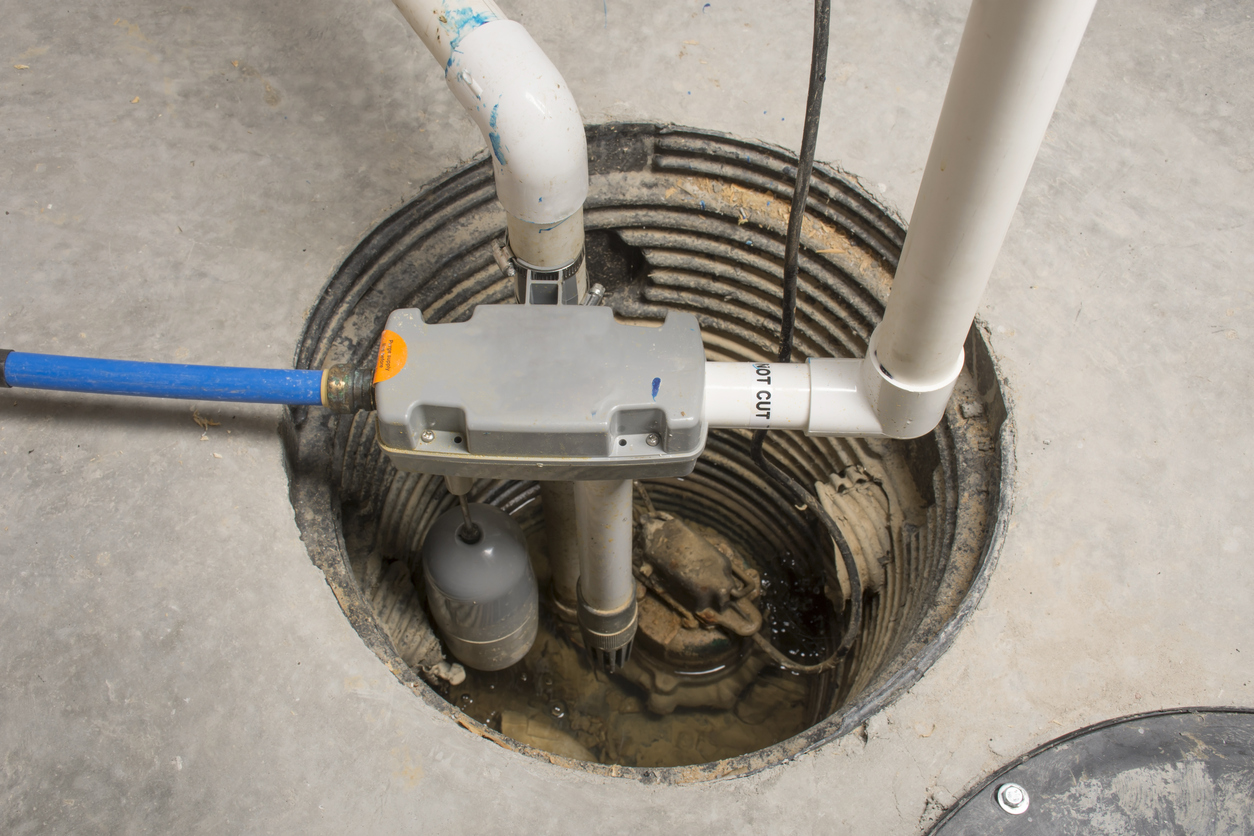
Credit: lentheplumber.com
Do You Really Need a Sump Pump?
If you live in an area with a high water table, your home is at risk for flooding. A sump pump is a device that pumps water out of your basement or crawl space to prevent flooding.
There are two types of sump pumps: submersible and pedestal. Submersible sump pumps are located inside a pit in your basement or crawl space and are submerged in water.
Pedestal sump pumps are located outside of the pit and sit on a dry surface. Sump pumps are powered by electricity, so if you lose power during a storm, your pump will not work and your home could flood.
That’s why it’s important to have a backup power source for your sump pump, like a generator or battery backup. If you’re not sure if you need a sump pump, contact a local waterproofing company for an assessment of your home’s risk for flooding.
Why Would a Home Need a Sump Pump?
If you live in an area with a high water table, your home is at risk for flooding. A sump pump is a pump that is installed in the lowest part of your home, typically in the basement or crawlspace.
The sump pump’s job is to pumps water out of the home and away from the foundation to prevent flooding. If you have a sump pump, it is important to test it regularly to make sure it is working properly. You should also have a backup power source for your sump pump in case of a power outage.
Why Do Some Houses Have Sump Pumps And Others Don T?
A sump pump is a device that is typically used to remove water that has accumulated in a water-collecting sump basin, commonly found in the basement of homes. The water is pumped out of the sump basin and away from the home, typically being discharged outdoors through a hose or pipe.
Some homes have a naturally high water table which can cause problems with flooding if not addressed. In these cases, a sump pump can be an effective way to reduce the risk of flooding. Other homes may be located in areas where there is a risk of groundwater seeping into the basement, and a sump pump can help to keep this water at bay.
What Happens If You Don’T Have a Sump Pump?
If you don’t have a sump pump, your basement is at risk of flooding. A sump pump is used to remove water that has accumulated in a sump pit – typically located in the basement – and prevent flooding.
Without a sump pump, water can build up in the pit and eventually cause the basement to flood. If you live in an area with a high water table or are prone to flooding, it’s especially important to have a sump pump installed.
Conclusion
A sump pump is a device that is installed in the lowest part of a home’s foundation, or in a basement. The pump’s job is to remove water that has collected in the sump basin and to prevent flooding.
Sump pumps are used in homes that are built on land that has a high water table. A high water table means that there is a lot of groundwater near the surface of the ground.
When it rains, this groundwater can seep into the home through cracks in the foundation or walls. If this happens, it can cause serious damage to the home, so it’s important to have a sump pump to remove any water that collects in the basement.
Sump pumps come in two different types: submersible and pedestal. Submersible pumps are designed to be placed entirely under water, while pedestal pumps are designed to sit on top of the floor above the sump basin.
Both types of pumps are effective at removing water from the basement, but submersible pumps are less likely to get clogged with debris since they’re constantly submerged. Most homes need only one sump pump, but homes with multiple floors may need more than one pump to keep up with the demand.

